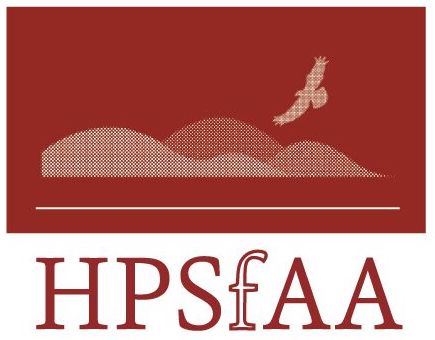  
 
The High Plains Society for Applied Anthropology |
|
Bodily Memory and the Politics of Remembrance: The Aftermath of Goiânia Radiological Disaster
Telma Camargo Da Silva
Current studies on memory stress that images of the past are conveyed and sustained by multiple and conflicting experiences. In the case of radiation disaster, the process of remembering points to an intricate field of forces of secrecy, fear, responsibility, financial compensation, and health care monitoring programs. This paper focuses on the power dynamics of memory production in the aftermath of the 1987, Goiânia Radiological Disaster. I argue that survivors carry inside their bodies multiple memories that are not recorded by metric suffering. Consequently, a radiological disaster does not close when nuclear expert teams and governments declare it under control. Survivors’ bodily memories tangle with the official disaster memory generating a “politics of remembrance” which must be recognized in human rights agendas as well as in health care monitoring programs.
High Plains Applied Anthropologist No. 1, Vol. 21, Spring, 2001 pp 40 – 52<Get PDF>
Back To List of Previous Issues